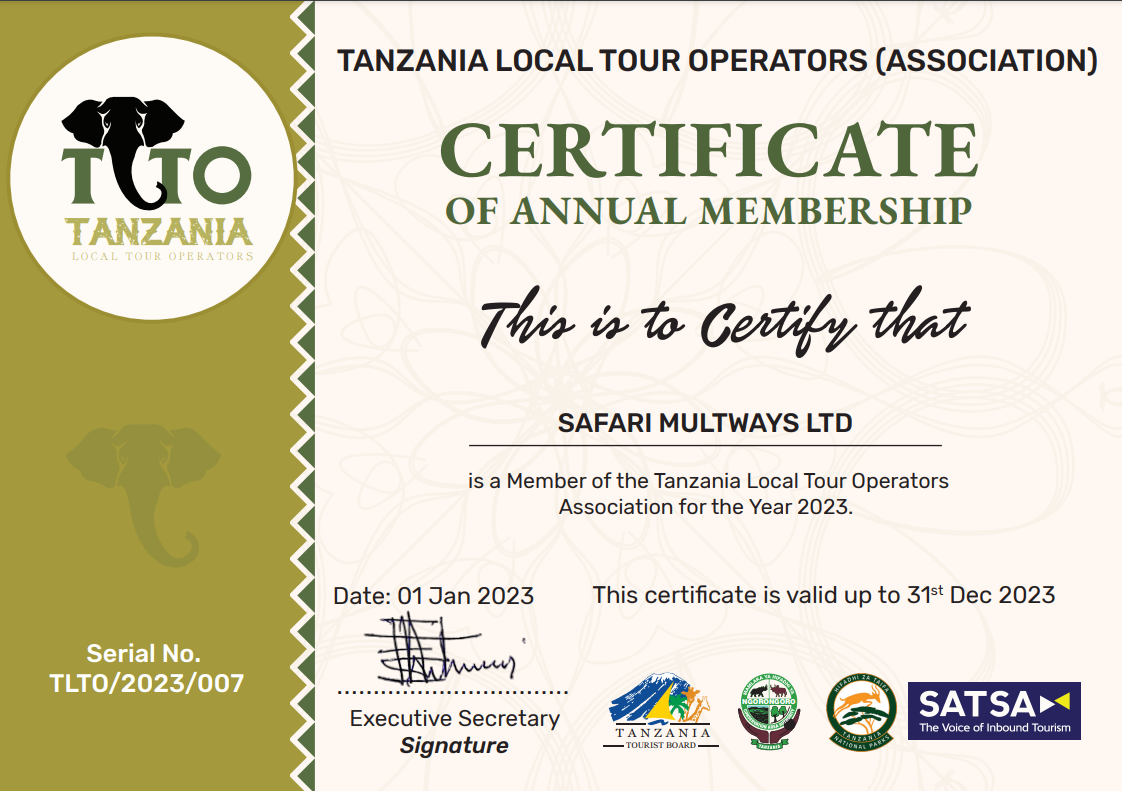Uncovering Tanzania’s Colonial Past: A Historical Exploration
Delving into Tanzania’s Colonial History
Tanzania, a country located in East Africa, has a rich and complex history that is deeply intertwined with the legacy of colonialism. From the late 19th century until the mid-20th century, Tanzania was under the rule of various European powers, including Germany and Britain. The effects of colonialism can still be seen in Tanzania today, from the architecture in major cities to the political and social structures that govern the country.
One of the most significant periods in Tanzania’s colonial history was the German occupation, which began in the late 19th century and lasted until the end of World War I. During this time, the Germans established control over the territory known as German East Africa, which included present-day Tanzania, Rwanda, and Burundi. The Germans implemented policies that exploited the natural resources of the region and imposed harsh labor practices on the local population. This period of colonial rule left a lasting impact on Tanzania, shaping the country’s economy, culture, and social dynamics.
Unearthing the Legacy of Colonial Rule in Tanzania
The legacy of colonialism in Tanzania can be seen in various aspects of the country’s history and culture. One of the most visible remnants of colonial rule is the architecture found in major cities such as Dar es Salaam and Zanzibar. Many buildings in these cities were constructed during the colonial period and reflect the architectural styles of the European powers that once ruled over Tanzania. These buildings serve as a reminder of Tanzania’s colonial past and the lasting influence of European imperialism on the country.
In addition to architecture, the legacy of colonialism in Tanzania can also be seen in the political and social structures that govern the country. The British colonial administration in Tanzania implemented a system of indirect rule, which allowed local chiefs to maintain authority over their communities while still being subject to British oversight. This system of governance has had lasting effects on Tanzania’s political landscape, shaping the relationships between tribal groups and influencing the distribution of power within the country.
Furthermore, the legacy of colonialism in Tanzania can be seen in the economic disparities that exist within the country. During the colonial period, the European powers exploited Tanzania’s natural resources, such as gold, diamonds, and ivory, for their own economic gain. This exploitation left many Tanzanians impoverished and marginalized, creating a legacy of economic inequality that persists to this day. The effects of colonialism can also be seen in the education system, where the legacy of European imperialism is reflected in the curriculum and teaching methods that are still in use.
In conclusion, the legacy of colonialism in Tanzania is a complex and multifaceted issue that continues to shape the country’s history and culture. By delving into Tanzania’s colonial past and unearthing the lasting effects of colonial rule, we can gain a deeper understanding of the challenges facing the country today and work towards building a more just and equitable society for all Tanzanians.



